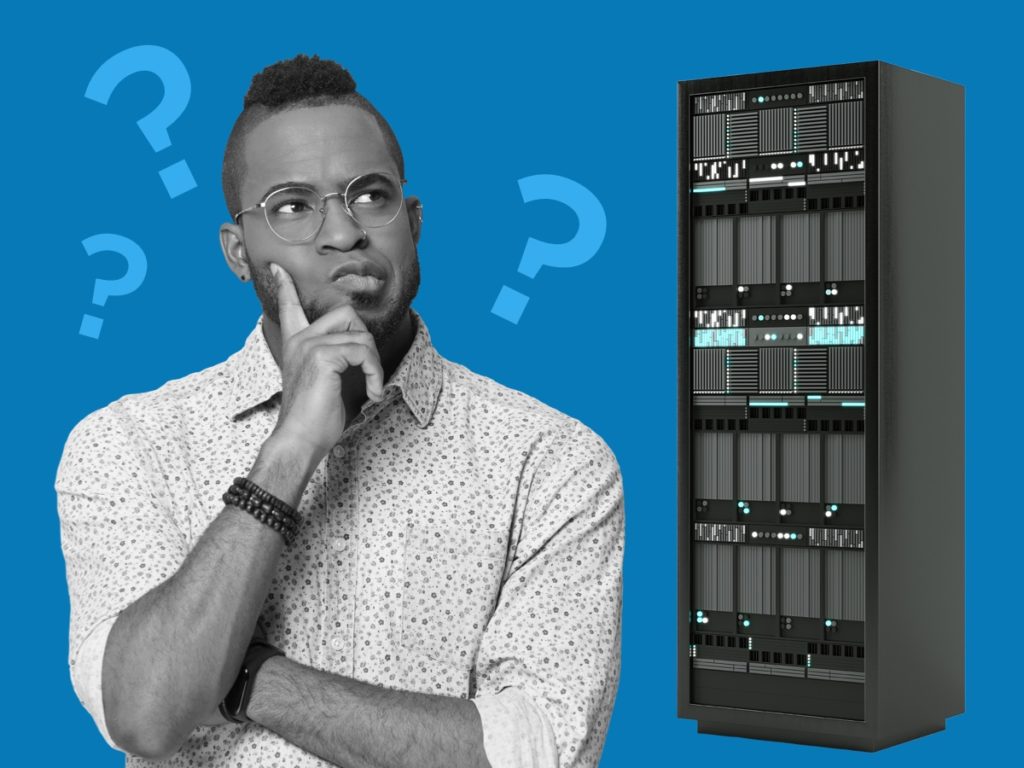From the MNTN Slack: What Netflix’s Q1 Report Signals About the Future of Streaming
by Cat Hausler
8 Min Read
CES 2024: Stagwell (STGW) and MNTN Announce Partnership in Unified Performance SolutionsLearn More
Everything you wanted to know about SSPs, all in one place

7 Min Read
Supply Side Platforms—or SSPs—play a vital role in the ad ecosystem. Whether or not you’ve used them, heard of them, or are just discovering them, we’ve put together this quick guide to show what they can and cannot do, and how their role in programmatic advertising has been recently changing.
A Supply Side Platform (SSP) is a technology platform that enables digital publishers and media owners to manage, sell, and optimize their available inventory (ad spaces) programmatically to a variety of potential buyers, maximizing ad revenue in real-time bidding environments.
Demand-side platforms (DSPs) are similar to SSPs, with one key difference—DSPs are made for marketers and work from the other end of the business transaction.
While publishers use SSPs to list inventory to make it available programmatically to DSPs, marketers use DSPs to buy that same inventory from those ad exchanges and ad networks.
So again, an SSP facilitates digital advertising by automating the sale of ad inventory from publishers to advertisers. Here’s a step-by-step breakdown of how it operates:
In essence, SSPs empower publishers to efficiently monetize their digital ad spaces by automating sales processes, maximizing revenue, and maintaining control over their inventory.
We covered a lot there, so let’s take a moment to summarize the benefits of supply side platforms before going any further. Here’s why they’re great for the advertising ecosystem:
There are many supply-side platforms out there, with the most prominent ones being OpenX, Xandr (previously known as AppNexus), Pubmatic, and Magnite. Each has its own strengths and key differences—OpenX is for both publishers and advertisers; Xander has its own SSP, DSP, and ad exchange; Magnite has an SSP and a DSP; and Pubmatic is an SSP for agencies and publishers.
The Google Ad Manager platform is both an SSP and an ad exchange. With Google Ad Manager, publishers have capabilities for managing ad inventory and can access a unified first-price auction, where the winning bidder pays the highest bid. The platform works with both open auctions and direct-booked campaigns.
Many SSPs don’t charge a fee—or charge a very small one—to join and use. This may raise questions about how they generate enough revenue to cover operating costs. Here are the most common ways that SSPs use to make money:
With each SSP taking a small percentage of revenue, this business model can start to add up quickly for advertisers. Further, SSPs are not always transparent with pricing, as some have been known to sneak in hidden costs or additional audience segments with a markup and arbitrage inventory.
MNTN Performance TV streamlines the ad auction process, seamlessly integrating quality SSPs to access their inventory. Key benefits of Performance TV include:
No intermediary required: An SSP or DSP requires an intermediary, like a media buyer or agency, to place a bid for ad inventory and complete the business transaction. The human element can lead to a more complex process that results in headaches, slower reaction times, and lower-quality ad placement.
Performance TV cuts out the middleman thanks to the user interface. With this interface, you can set up automated campaigns where you provide your budget, goal, and first or third-party data to segment and target different audience groups.
Better ad inventory quality: Your brand is special to you—why would you associate it with anything less than quality, trusted programming? Performance TV works only with trusted SSPs, offering specialized, premium CTV inventory through a private marketplace. MNTN has built partnerships with top-tier networks like CNN, ESPN, CNBC, and more to allow advertisers of all sizes to easily launch campaigns on a large scale. Not only does this premium inventory elevate your brand by associating it with top-tier networks and content, but it also ensures you’re seen by the largest audience possible and helps mitigate fraud risk.
Fully customizable reporting: SSPs give publishers details on who’s bidding, how much individual advertisers are buying, and how much of their inventory is bought. This makes for great insights for publishers but is not particularly applicable to advertisers since it’s not built for them.
In contrast, Performance TV is a Connected TV platform built as a direct response performance channel with a specialized approach to reporting. With its fully customizable dashboards and full integration with Google Analytics, Performance TV allows you to track the metrics and KPIs that matter most and track your campaigns alongside other performance marketing channels. The platform even offers network-level reporting, which informs advertisers on which streaming network their ads are most effective.
Efficient pricing model: MNTN curates the top-performing partners on Connected TV, working to offer the best performance with transparent pricing. A suite of creative and customizable reporting technology is built into the platform for no additional costs, as well as tens of thousands of third-party audiences via its integration with Oracle Data Cloud. By removing the confusion and opaqueness around programmatic CTV advertising, Performance TV allows you to rest easy knowing your ad budget isn’t being spent on hidden upcharges or additional non-transparent fees for adding target audiences.
Supply Side Platforms (SSPs) have long been popular with publishers and helped to set the stage for how ads are bought and sold. For brands looking to go further, platforms like Performance TV take the next iterative step. By listening to the pain points of advertisers and building a more efficient and powerful OTT advertising platform, Performance TV gives the brands the control to maximize their ad inventory.
Subscribe to the report Apple, Amazon, NBC and more use to get their CTV news.